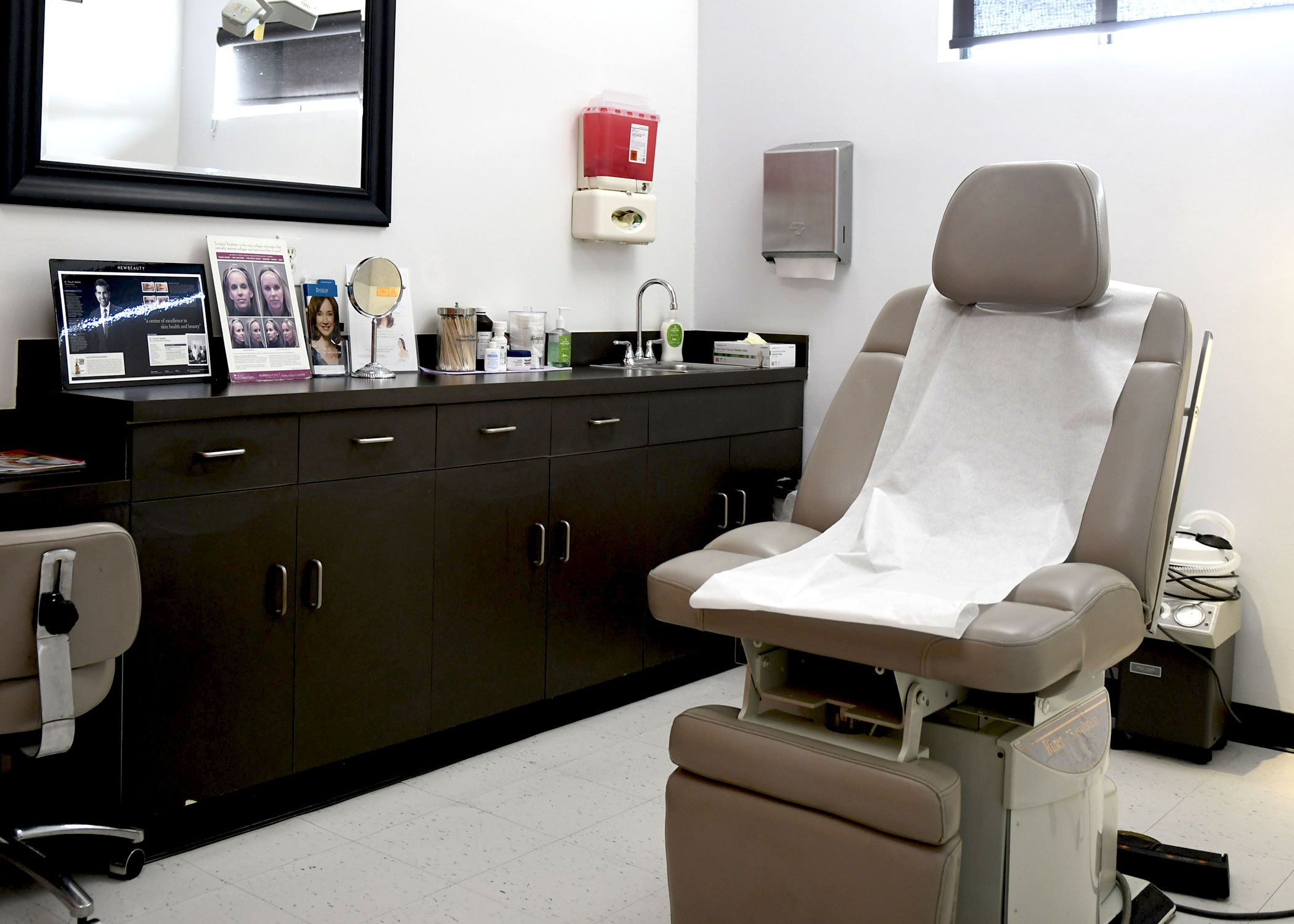Skin cancer is the most common type of cancer that is diagnosed. It is a growing problem in the United States, with as many as 3.5 million cases diagnosed each year. Prompt treatment of skin cancer in the early stages is critical to survival rates. Fortunately, a number of effective treatments are available for actinic keratosis, basal cell carcinoma and other types of cancer. Photodynamic therapy uses special photosensitive chemicals and light to fight these cancers.
Understanding Photodynamic Therapy and How It Fights Cancer
Photodynamic therapy uses special chemical compounds that are activated by exposure to laser or other specific types of light. The method relies on the tendency of the photosensitive agents to maintain in cancer cells longer than in normal cells. The light source activates the compound, which helps to shrink or eliminates cancerous and precancerous cells. This type of therapy works by directly killing cancerous cells, by damaging blood vessels that feed the cancer cells and by activating the immune system to help kill the cells.
When Should Photodynamic Therapy Be Used By Your Dermatologist?
Photodynamic is often used to treat precancerous lesions, called actinic keratosis, on the skin and scalp. It can also be used to treat basal cell carcinoma cells in the lesions and the surrounding areas. The treatment can be a highly effective measure for removing small areas of abnormal cells on the skin surface.
How Do Our OC Dermatologists Perform This Therapy?
With Photodynamic Therapy, certain photosensitive compounds are applied to the skin topically, injected into the skin layers, or administered into the body through intravenous fluid. The patient must then wait a period of time for the compounds to dissipate from the normal cells, leaving only the cancerous or precancerous cells infused with the compounds. After this period, the affected area is exposed to special wavelengths of light that work to shrink the abnormal cells.
Side Effects of Photodynamic Therapy
Pain associated with Photodynamic Therapy is minimal as are side effects that can be experienced such as burning, redness, and crusty or flaky skin. Your skin cancer dermatologist will be able to prescribe remedies to alleviate these problems.
Contact our certified dermatologists, at any one of our Orange County dermatology centers, to learn more about photodynamic therapy as a skin cancer treatment.

